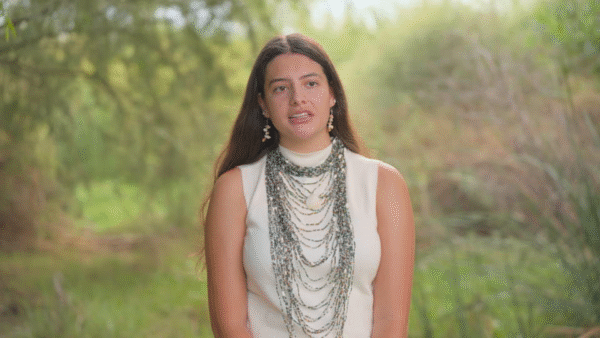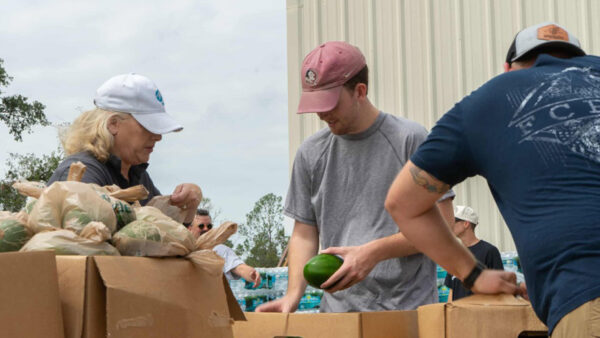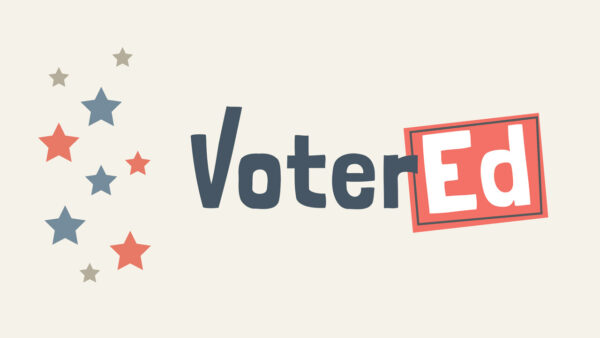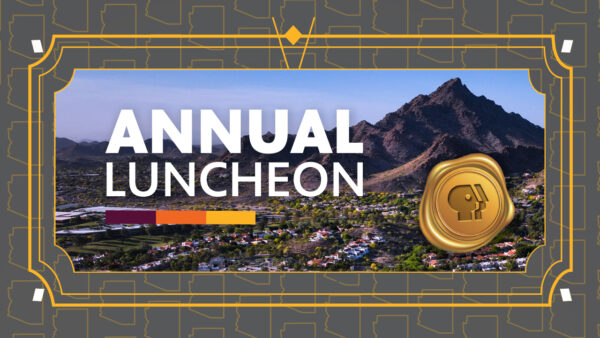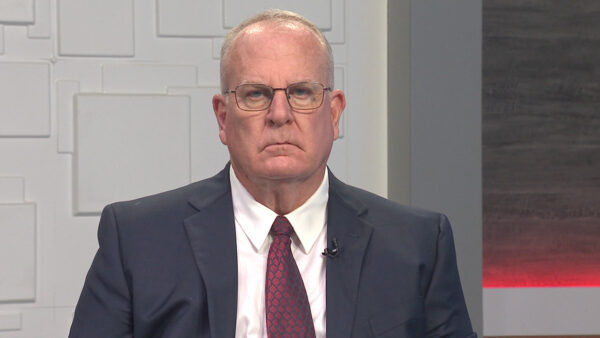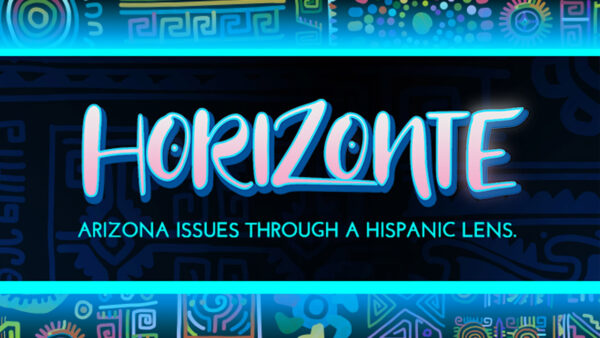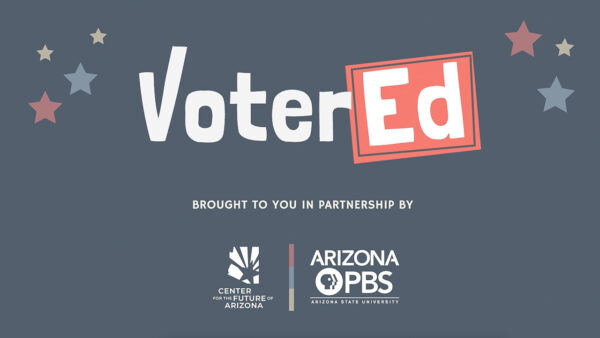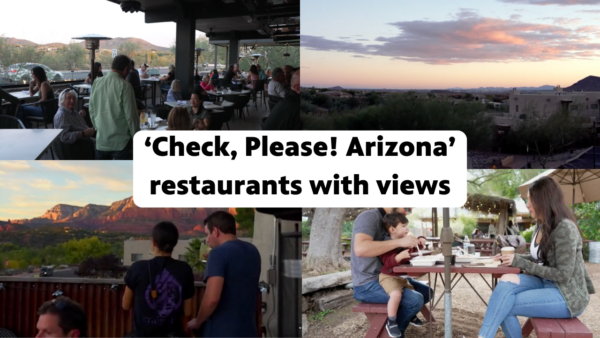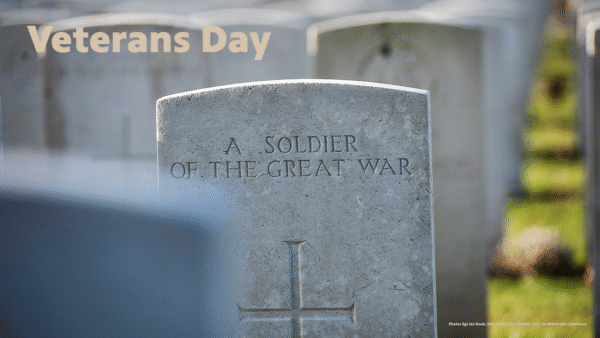A River of Resilience: Gila River and the Akimel O’odham
Nov. 14
The Gila River has always been more than water. For the Akimel O’odham, or “River People,” it was the foundation of life, culture and identity. Generations relied on its steady flow to farm the desert through sophisticated irrigation systems, building thriving communities whose traditions were deeply tied to the land and water.
But this story also carries hardship. Over time, diversions and restrictions cut the Akimel O’odham off from the very river that defined them. Fields dried, traditions faced challenges, and yet the people endured. Their resilience kept the culture alive, even as the Gila’s flow diminished.
Today, efforts to restore water rights and revive the river reflect more than environmental progress, they represent cultural survival and renewal. The Gila River remains a powerful symbol of connection between people, place and history.
In this episode of “What Happened in AZ?,” we explore the enduring legacy of the Gila River in the lives of the Akimel O’odham. It’s a story of innovation, struggle and resilience, one that shows how the fight for water is also a fight for identity, and how Arizona’s past continues to shape its future.

Starting today, each Friday we’ll be sharing a peek into the past that shows what life was like here, in what’s now Arizona, at the time of the American Revolution.
Why are we focusing on the period of the American Revolution? So glad you asked. Because the new PBS documentary, “The American Revolution,” a film by Ken Burns, premieres this Sunday, November 16! Watch the trailer online for “The American Revolution” and stream the series for free on the PBS App for four weeks beginning the night of its broadcast premiere.
Stay tuned to learn more about “What Happened in AZ?” each week.
A huge thank you to our partners at Gila River Broadcasting Corporation for helping us share this story.
Corporate funding for THE AMERICAN REVOLUTION was provided by Bank of America. Major funding was provided by The Better Angels Society and its members Jeannie and Jonathan Lavine with the Crimson Lion Foundation; and the Blavatnik Family Foundation. Major funding was also provided by David M. Rubenstein; The Robert D. and Patricia E. Kern Family Foundation; Lilly Endowment Inc.; and the following Better Angels Society members: Eric and Wendy Schmidt; Stephen A. Schwarzman; and Kenneth C. Griffin with Griffin Catalyst. Additional support for THE AMERICAN REVOLUTION was provided by: The Arthur Vining Davis Foundations; The Pew Charitable Trusts; Gilbert S. Omenn and Martha A. Darling; Park Foundation; and the following Better Angels Society members: Gilchrist and Amy Berg; Perry and Donna Golkin; The Michelson Foundation; Jacqueline B. Mars; Kissick Family Foundation; Diane and Hal Brierley; John H. N. Fisher and Jennifer Caldwell; John and Catherine Debs; The Fullerton Family Charitable Fund; Philip I. Kent; Gail Elden; Deborah and Jon Dawson; David and Susan Kreisman; The McCloskey Family Charitable Trust; Becky and Jim Morgan; Carol and Ned Spieker; Mark A. Tracy; and Paul and Shelley Whyte. THE AMERICAN REVOLUTION was made possible, in part, with support from the Corporation for Public Broadcasting.
